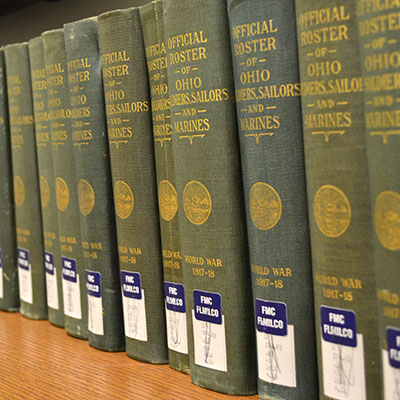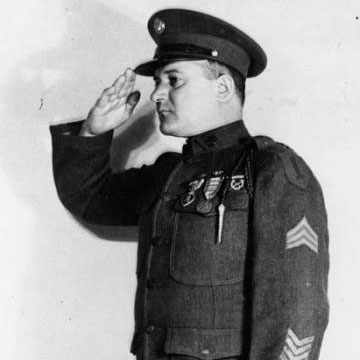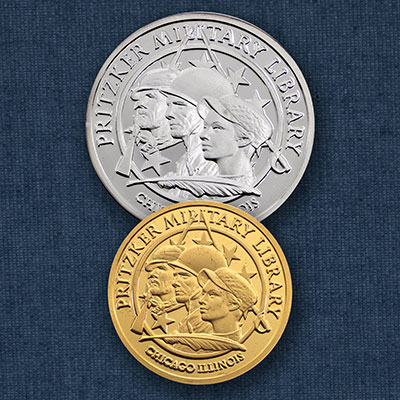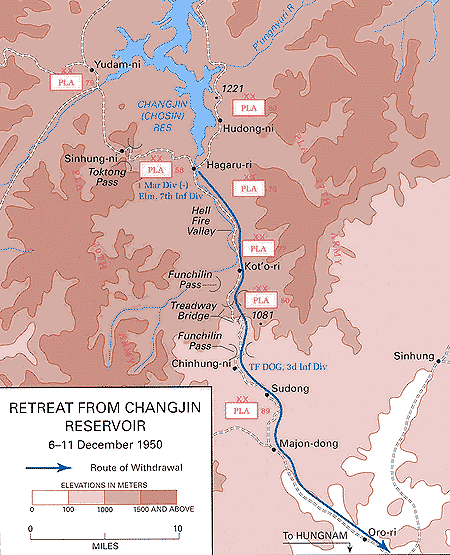Battle of Chosin Reservoir
The Battle of Chosin Reservoir was an early campaign in the Korean War (1950-1953) fought between two opponents - North Korea and the People’s Republic of China; and South Korea, the United States, the United Kingdom, and other participating United Nations countries. China surprise attacked the US X Corps forces, on November 27, 1950, who were under the command of Major General Edward Almond, in the Chosin Reservoir area. Severe freezing weather played an important role in the battle as it plagued its participants for the 17 days that followed.
Unfortunately, the intelligence apparatus of the United Nations forces did not detect the secretive Chinese movements into North Korea. The Chinese People’s Volunteer Army’s 42nd Corps were the first of the Chinese units to reach the Chosin Reservoir area and after engaging in fighting with United Nations forces retreated into the Chosin Reservoir. Several days before the Chinese attack, the United States’ 1st Marine Division had moved into and occupied the mountainous Sinhung-ni county on the east as well as Yudam-ni on the west of the reservoir by November 24, 1950.
The battle's focus was a long stretch of road that connected the port city of Hungnam to the Chosin Reservoir, a large, manufactured lake. Due to the region's topography, this road and its sparsely populated surroundings was the only retreat route for the combined United Nations forces pushing north. However, the maps used by the United Nations forces were not up to date after having been hastily printed in Tokyo and recorded the topography as known to the Japanese in 1916. They did not reflect villages that had moved or grown.
The United States Army 79th Division and the 5th and 7th United States Marines began fighting in the actions at Yudam-ni, on the west side of the reservoir, on November 27th. Unprepared for the raw weather, warm overcoats had to be airlifted in for the men of the United States 8th Army. Radios, telephones, and other equipment failed in the freezing weather. The Marines, shivering in their winter coats, held the line while inflicting heavy casualties on the Chinese troops which taunted and outnumbered them.
The United States and additional United Nation forces totaling approximately 30,000 soldiers eventually became encircled by the larger force of Chinese troops under the command of General Song Shilun. The estimated strength of the Chinese forces was 120,000 warfighters. While the boots on the ground reported the strength of the Chinese forces back to headquarters, some leaders were reluctant to believe that the situation on the ground was dire. The Chinese forces had used the mountainous terrain to their advantage.
While Major General Almond led from the front, engineers continued to build runways to allow for the possibility of an airlift retreat. Despite the snow that was falling over their positions, they briefly stopped work, only when taking fire from the enemy.
When weather eased on December 1, the 1st Marine Aircraft wing; began to provide air cover for a breakout. This allowed for a convoy to be formed and move out in attack. North Korean and Chinese forces blocked the way, resulting in air support dropping Napalm in front of the Regimental Combat Team 31 of the United States Army’s 7th Infantry Division, later known as the “Chosin Few”. The resulting firestorm caused casualties for both American and Chinese forces.
The Regimental Combat Team 31 advanced, taking heavy fire from the Chinese forces; the convoy fought through the first Chinese roadblock until they were halted at Hill 1221. The motor vehicle drivers thought they were on a suicide mission as they were especially targeted by the opposing forces. As a result, the Combat Team had lost most of its men to casualties and was reformed as a provisional army battalion for the rest of the battle.
The 7th Marines led the breakout on December 6th while the 5th Marines covered the convoy column’s rear. China’s People’s Volunteer Army (PVA) attacked the retreating forces and slowed the retreat to a crawl. Chinese forces blew up the bridge at the Funchilin Pass, forcing the United States 314th Troop Carrier Wing to drop eight portable bridge sections by parachute, one section at a time. On December 9th, Marine Corps combat engineers and the US Army 58th Engineer Treadway Bridge Company assembled the bridge sections so that the retreat of the United Nation forces could continue.
On December 11th, an ambush at Sudong by the People Volunteer’s Army 89th Division occurred. Task Force Dog of the 3rd Infantry Division repulsed the attackers, allowing the United Nation forces to continue to Hungnam from which the United Nations units were evacuated. The last United Nations unit left Hungnam on December 24th. On Christmas morning, the People’s Volunteer Army entered the port city of Hungnam to help with the evacuation of the United Nations troops. This moment still represents the largest sea evacuation of its time and has become known as the miracle of Christmas.
To learn more, read:
Hopkins, William B, S. L. A Marshall, and S. L. A Marshall. One Bugle, No Drums: The Marines at Chosin Reservoir. Chapel Hill, N.C.: Algonquin Books of Chapel Hill, 1986.
Makos, Adam. Devotion: An Epic Story of Heroism, Friendship, and Sacrifice. First ed. New York: Ballantine Books, 2015.
O'Donnell, Patrick K. Give Me Tomorrow: The Korean War's Greatest Untold Story--The Epic Stand of the Marines of George Company. Cambridge, MA: Da Capo Press, 2010.
Sides, Hampton. On Desperate Ground: The Marines at the Reservoir, the Korean War's Greatest Battle. First ed. New York: Doubleday, 2018.
Weintraub, Stanley. A Christmas Far from Home: An Epic Tale of Courage and Survival during the Korean War. New York: Da Capo Press, 2014.
Or watch:
John H. Perry Jr. PFC, US Army
Medal of Honor Recipient Thomas J. Hudner, Jr. Interview




Add new comment